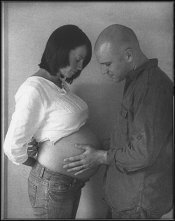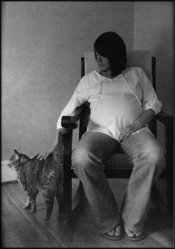I used Kodak P3200, rated 1600, film developed in D76 stock solution. I know this film is grainy anyway, but should it look this grainy? It's maybe difficult to tell exactly by my lousy scans but you can see the grain.
Are there better options for low light situations than this film? I've used Neopan 1600 and it didn't seem to be so grainy, but I don't know if you can still get that.
Thanks.
Janet
Are there better options for low light situations than this film? I've used Neopan 1600 and it didn't seem to be so grainy, but I don't know if you can still get that.
Thanks.
Janet












